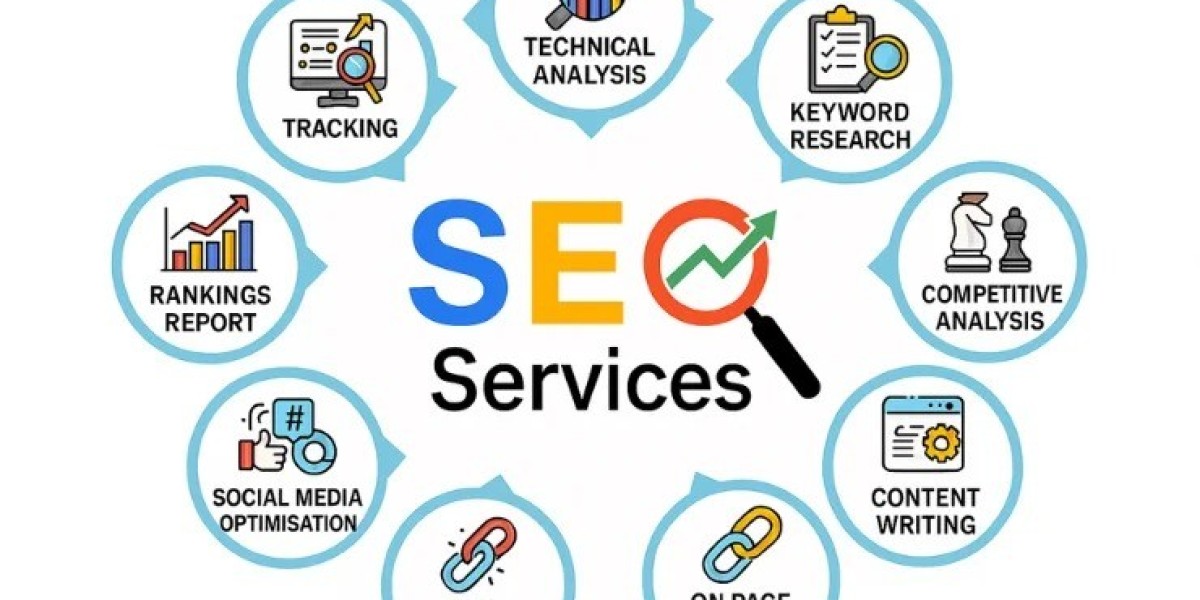The global logistics landscape is undergoing a significant transformation. Rapid advancements in technology, shifting trade patterns, evolving customer expectations, and increasing global interconnectivity are reshaping how goods move across borders. In this changing environment, Third-Party Logistics (3PL) freight forwarding has emerged as a strategic pillar for businesses looking to stay competitive and agile.
Freight forwarding is no longer just about transporting shipments from point A to point B. It has evolved into a comprehensive service that integrates planning, technology, compliance, and real-time visibility. As global supply chains become more complex, the future of 3PL freight forwarding will be defined by innovation, sustainability, digitalization, and flexibility.
Let’s take a closer look at the key trends and future directions shaping this dynamic sector.
1. Digital Transformation is Leading the Way
Technology is playing a transformative role in freight forwarding. Traditional manual processes are being replaced with digital platforms and smart systems that provide end-to-end visibility and faster decision-making.
Modern 3PL freight forwarders are adopting:
Cloud-based management systems that allow real-time data sharing and centralized control across global networks.
AI and machine learning tools that analyze historical data to predict demand, optimize routes, and improve transit accuracy.
Internet of Things (IoT) devices that provide real-time updates on shipment location, temperature, and condition.
Blockchain technology to secure data, enhance transparency, and reduce paperwork in international trade.
This shift toward digitalization helps businesses manage complex global movements with greater accuracy and speed, reducing delays and improving overall efficiency.
2. Real-Time Visibility is Becoming Non-Negotiable
In the past, freight forwarding often involved uncertainty—once shipments left the origin, it was difficult to track them until they reached the destination. Today, real-time visibility has become a standard expectation.
3PL providers are investing in advanced tracking technologies and integrated platforms that offer:
Live shipment tracking across air, sea, and land routes.
Instant alerts for delays, diversions, or regulatory holds.
Dashboards that give clients a complete overview of their supply chain performance.
Real-time visibility not only improves transparency but also allows businesses to make quick decisions, reroute shipments when needed, and build trust with their customers through accurate updates.
3. Sustainability is Reshaping Global Freight Forwarding
Sustainability has become a major focus area for the logistics industry worldwide. Governments, businesses, and consumers are placing increasing emphasis on reducing environmental impact, and freight forwarding plays a crucial role in this shift.
The future will see 3PL freight forwarders adopting more eco-conscious practices, such as:
Optimized route planning to reduce fuel use and emissions.
Transitioning to electric or alternative-fuel vehicles for short-distance transport.
Collaborative shipping models that consolidate loads to minimize empty runs.
Use of sustainable packaging materials to reduce waste.
These initiatives not only contribute to a greener planet but also strengthen brand reputation for businesses that align their logistics with sustainable practices.
4. Strategic Global Network Expansion
Global trade routes are constantly evolving due to geopolitical developments, emerging markets, and new trade agreements. To stay ahead, 3PL freight forwarders are expanding and optimizing their global networks.
Future-focused freight forwarders will:
Develop multi-modal transport capabilities that combine air, sea, and land to handle disruptions smoothly.
Establish strategic hubs in key locations to reduce transit times and improve connectivity.
Build strong partnerships with carriers, ports, and customs authorities to ensure seamless movement across borders.
Adapt to changing trade policies quickly through agile operational strategies.
By creating a resilient and well-connected global network, 3PL providers enable businesses to reach international markets faster and more reliably.
5. Automation is Enhancing Speed and Accuracy
Automation is revolutionizing freight forwarding operations. Processes that once relied on manual paperwork and human intervention are being streamlined through automated workflows, resulting in greater accuracy and faster execution.
Some key areas of automation include:
Automated document processing for customs declarations, bills of lading, and trade compliance.
Smart scheduling systems that optimize container loading and shipment consolidation.
Robotic process automation (RPA) to handle repetitive administrative tasks.
AI-driven route optimization tools that dynamically adjust based on real-time traffic and weather data.
Automation allows freight forwarders to handle higher shipment volumes efficiently while minimizing delays and errors.
6. Flexibility and Agility are Key Competitive Advantages
The global logistics environment is unpredictable. Trade disruptions, natural disasters, changing regulations, and market fluctuations can impact shipment flows. In the future, successful 3PL freight forwarders will stand out through their ability to adapt quickly.
Agile freight forwarding solutions will offer:
Dynamic routing to avoid disruptions and minimize delays.
Flexible capacity management, enabling quick scaling up or down based on demand.
Alternative transport options to reroute shipments when traditional channels are affected.








